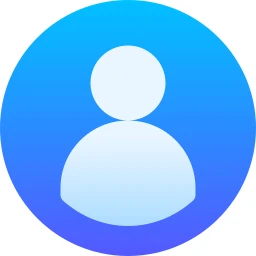WWrist-worn pulse oximetry is a user-friendly, non-invasive medical device used to deliver highly accurate readings associated with studies such as oxygen saturation level, pulse rate, and heart rate. Conditions such as respiratory diseases, sleep problems, and cardiac diseases can be detected early with the help of this device. Due to the growing prevalence of chronic obstructive pulmonary disease (COPD), there has been a surge in the utilization of wrist-worn pulse oximetry devices. According to the World Health Organization (WHO), around 3.17 million individuals died of COPD in 2015. As per the Global Burden of Disease report, there was a global prevalence of 251 million cases of COPD in 2016. Another factor responsible for the growth of wrist-worn pulse oximetry devices is the rising prevalence of cardiovascular disease (CVD). According to the WHO, around 17.7 million individuals died of CVD in 2015. Moreover, the rising prevalence of COPD and CVD will drive the growth of the wrist-worn pulse oximetry device market during the forecast period from 2018 to 2026.
Access crucial information at unmatched prices!
Request your free sample report today & start making informed decisions powered by Credence Research!
Download Free Sample
Factors driving the growth of the wrist-worn pulse oximetry devices market include the rising prevalence of heart-related diseases, respiratory diseases, an increasing smoking rate, and improved diagnosis of COPD and CVD. A wrist-worn pulse oximetry device plays a very important role in the early diagnosis and treatment of chronic diseases associated with CVD and COPD. This device can be easily procured with a prescription or in over-the-counter (OTC) mode. The increasing occurrence of complications related to CVD and COPD are the main considerations driving the worldwide wrist-worn pulse oximetry devices market.
The global wrist-worn pulse oximetry devices market is characterized by the following factors:
Wrist-worn Pulse Oximetry Devices Market by Product Type, Global Forecast to 2026 (US$ million)
- Stand-alone Devices
- Multi-parameter Units
Wrist-worn Pulse Oximetry Devices Market by End User (US$ Mn), 2016-2026
- Hospitals
- Clinics
- Home Diagnostics
- Others
The global market for wrist-worn pulse oximetry devices, by geography, 2016-2026 (million USD)
- North America
- Europe
- Germany
- France
- Italy
- U.K.
- Russia
- Rest of Europe
- Asia-Pacific
- India
- China
- Japan
- Rest of Asia-Pacific
- Latin America
- Brazil
- Mexico
- Rest of Latin America
- Middle East and Africa
- GCC Countries
- South Africa
- Rest of Middle East and Africa
Key players recognized in the wrist-worn pulse oximetry devices market include:
GE Healthcare, Nonin Medical, Delta Electronics and Edan, Philips, Covidien, Smiths Medical, ChoiceMMed, Acare Technology, Yuwell-Jiangsu Yuyue Medical Equipment & Supply Co., Ltd., and others
Shape Your Report to Specific Countries or Regions & Enjoy 30% Off!
This report offers the following:
- A collective overview of the industry structure and respective market trends
- Company profiles emphasize key information about the main players functioning in the wrist-worn pulse oximetry devices market.
- Qualitative evaluation on the basis of parameters such as challenges, market drivers, and future scenarios
- highlighting each market category level based on product approvals and current and predicted market dynamics
- Competitive landscape and market share analysis are two market competition investigation tools.
- A summary of the global market for wrist-worn pulse oximetry devices












